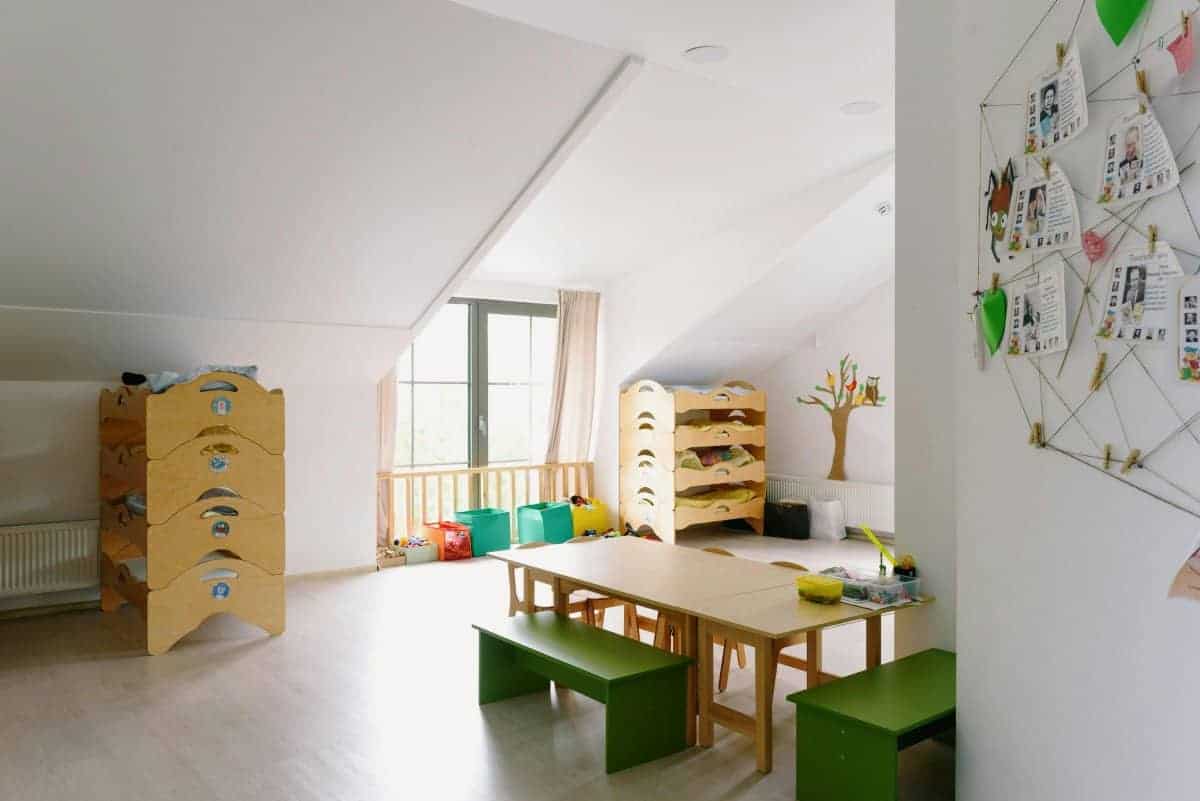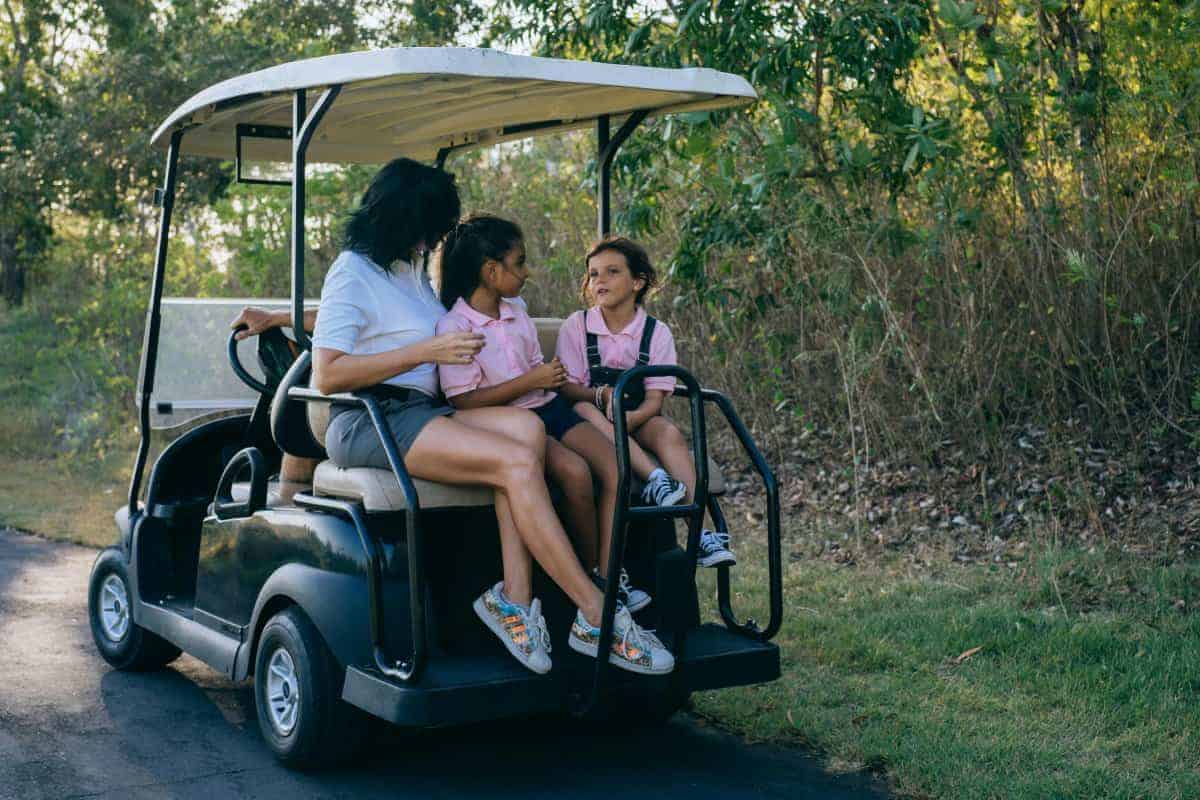Want to Raise a Curious Kid? Do This Every Day
Curiosity is the spark that drives discovery, innovation, and lifelong learning. Encouraging children to ask questions and explore the world helps them develop critical thinking and adaptability—skills essential for thriving in a rapidly changing society. Everyday actions and intentional habits can nurture a child’s innate sense of wonder, transforming routine experiences into opportunities for growth. By making curiosity a daily priority, parents and caregivers lay the foundation for problem-solving skills and a resilient, open-minded approach to life. Fostering curiosity isn’t just about education; it’s about empowering kids to embrace uncertainty and seek knowledge enthusiastically.
1. Ask Open-Ended Questions

One of the simplest ways to nurture curiosity is by regularly asking open-ended questions. Unlike closed questions that invite a quick “yes” or “no” response, open-ended questions encourage kids to think deeply and express themselves. For example, instead of asking, “Did you like the story?” try, “What was your favorite part of the story, and why?” Open-ended questions like “What do you think will happen next?” or “How would you solve this problem?” inspire children to explore their ideas, leading to richer conversations and greater engagement.
2. Model Your Own Curiosity

Children instinctively look to adults for guidance, often mirroring their attitudes and behaviors. When parents and caregivers show genuine curiosity—such as wondering aloud how rainbows form or questioning why leaves change color—they signal that it’s good to seek answers. Simple actions, like saying, “I wonder how birds know where to migrate,” or exploring a new recipe together, make curiosity visible and contagious. By openly sharing your questions and discoveries, you create a family culture where asking and exploring are both valued and encouraged.
3. Explore New Places Together

Taking children to new environments—whether it’s a science museum, a local park, or an unfamiliar street—opens doors to fresh questions and discoveries. Structured outings like museum visits provide guided learning and interactive exhibits that spark interest. On the other hand, spontaneous exploration, such as wandering through a new neighborhood or following a trail, encourages kids to observe, ask, and wonder in real time. Both approaches fuel curiosity by exposing children to diverse experiences and perspectives, making the world feel bigger and more fascinating with every adventure.
4. Encourage Experimentation

Giving children the freedom to experiment and make mistakes is essential for cultivating curiosity. When kids mix ingredients in the kitchen, test simple science experiments, or try new art techniques, they learn by doing—and sometimes by failing. These hands-on experiences ignite questions like, “What happens if I add more salt?” or “Why did my painting change colors?” By supporting experimentation and celebrating effort over perfection, you help children see mistakes as valuable learning opportunities, fueling their desire to explore and discover even more.
5. Read Widely and Often

Reading a wide variety of books introduces children to new ideas, perspectives, and cultures, fueling their curiosity about the world. Fiction stimulates imagination and empathy, while nonfiction sparks interest in real-life topics, from animals to space exploration. Stories from different cultures help children appreciate diversity and expand their worldview. Regular reading together—whether it’s fairy tales, biographies, or science books—encourages kids to ask questions and seek out new information. According to the Reading Rockets, exposure to a broad range of texts fosters both curiosity and a lifelong love of learning.
6. Welcome ‘Why?’ Questions

When children bombard you with ‘why?’ questions, it’s a sign their curiosity is in full bloom. Instead of brushing these off, welcome them as opportunities for learning and connection. If you don’t know the answer, model curiosity by saying, “That’s a great question—let’s find out together.” Invite your child to brainstorm possible explanations or look up information as a team. This approach not only validates their desire to understand the world but also teaches critical research and problem-solving skills.
7. Create a Curiosity-Friendly Environment

A curiosity-friendly environment inspires kids to explore, ask questions, and create. Arrange your home with accessible books, art supplies, science kits, and objects for hands-on investigation. While minimalist spaces can reduce distractions, environments rich in stimulating materials—like magnifying glasses, maps, or building blocks—encourage active discovery and experimentation. Research from the National Association for the Education of Young Children highlights that well-designed environments directly influence a child’s willingness to explore and engage, making curiosity a natural part of everyday life.
8. Invite Kids to Teach You

Encouraging children to teach you what they’ve learned turns curiosity into confidence. When kids explain a new fact, demonstrate a science trick, or describe a story, they process the information more deeply and enthusiastically. Asking, “Can you show me how you did that?” or “What did you discover today?” reinforces their understanding and sense of accomplishment. This approach also shows that learning is a shared journey, fostering mutual respect and inspiring kids to keep exploring so they can share even more with you.
9. Limit Over-Scheduling

A packed schedule can stifle a child’s natural curiosity by leaving little room for spontaneous exploration. Unstructured time is essential for free play, creative thinking, and asking questions that don’t fit neatly into a lesson plan. Compared to tightly scheduled days, downtime allows children to follow their interests, invent games, and make discoveries on their own. As noted by HealthyChildren.org, free play is crucial for cognitive and social development, directly feeding a child’s sense of wonder.
10. Celebrate Effort and Questions, Not Just Answers

Fostering curiosity and persistence means recognizing the value of asking questions and the journey to understanding—not just getting things right. Praising statements like, “I love how you kept trying different ways,” or, “That’s an interesting question—let’s figure it out together,” motivates children to explore without fear of mistakes. Research from Mindset Works shows that affirming effort and inquiry builds a growth mindset, making kids more eager to investigate and solve problems. By celebrating curiosity itself, you nurture a lifelong passion for learning.
11. Connect Curiosity to Everyday Life

Everyday routines—like cooking, shopping, or gardening—are full of chances to spark curiosity. Instead of just going through the motions, engage children by inviting questions: “Why does bread rise?” or “How do we know which plants need more water?” This turns passive participation into active discovery, making ordinary moments more meaningful. According to PBS Parents, weaving inquiry into daily life helps children see learning as a constant, rewarding part of their world.
12. Use Technology Thoughtfully

When used intentionally, technology and educational apps can be powerful allies in sparking curiosity. Interactive platforms like virtual museum tours, science games, and kid-friendly research sites encourage exploration and independent learning. For example, apps such as National Geographic Kids and PBS Kids invite children to investigate nature, history, and science in engaging ways. However, it’s important to avoid passive screen time—watching endless videos without interaction can dampen curiosity. Guide your child toward active, purposeful technology use that inspires questions and discovery.
Nurturing Curiosity for Life

Raising a curious child is not a single event, but a daily practice built on small, intentional habits. By asking open-ended questions, modeling curiosity, exploring together, and celebrating effort, you nurture a spirit of wonder that lasts a lifetime. Consistency in these routines—whether through reading, hands-on experiments, or meaningful conversations—helps children grow into adaptable, engaged learners. Remember, every moment can spark curiosity. Stay patient, stay inquisitive, and watch your child’s world expand with every discovery.
.article-content-img img { width: 100% }




